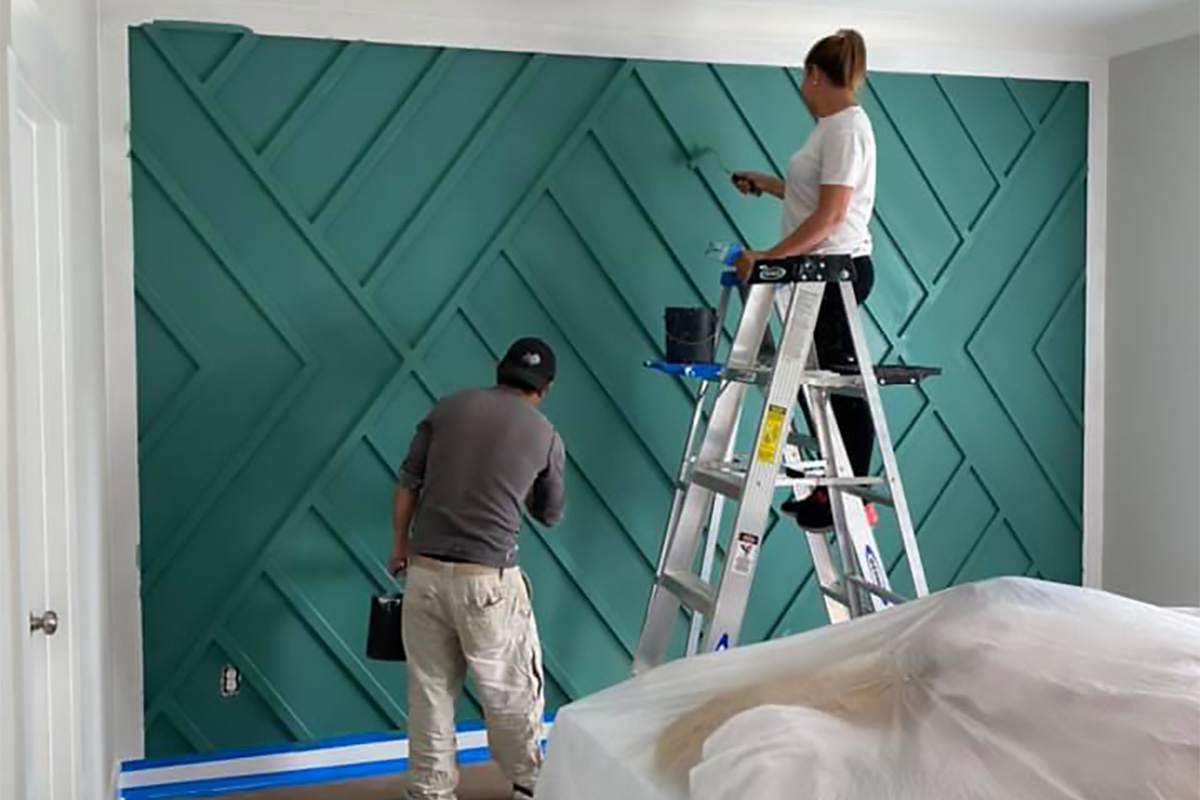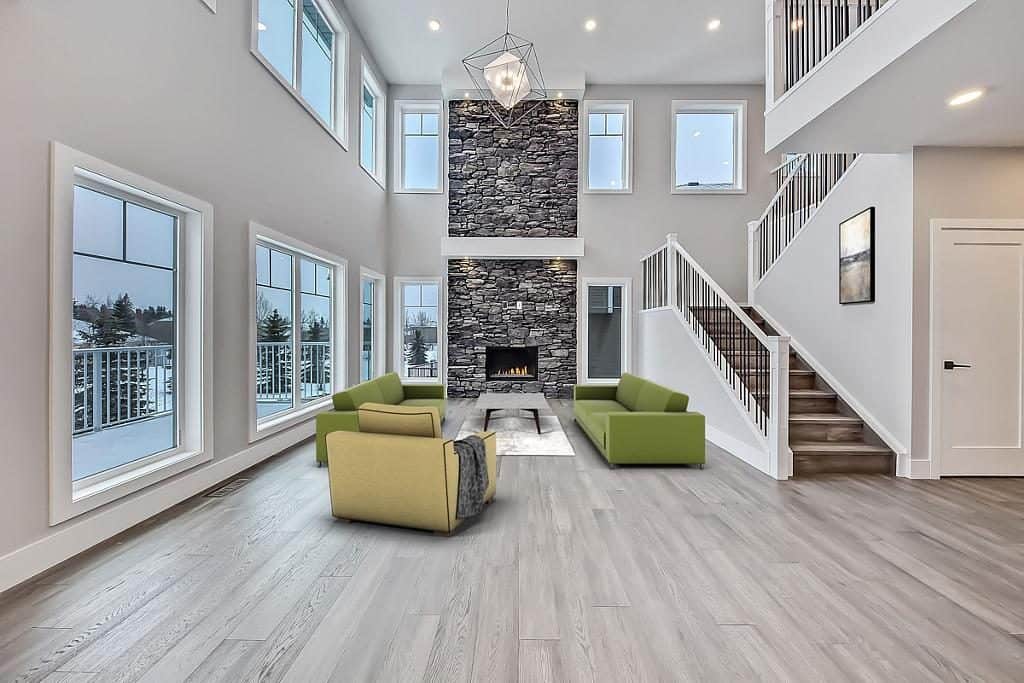Elevate Your Living Atmosphere Through Top Quality Shade Examination
The relevance of color in our home expands past mere aesthetic appeals; it exceptionally influences our feelings and overall health. Engaging a professional color consultant can transform your atmosphere, customizing color design that resonate with your character while enhancing functionality and convenience. By comprehending the concepts of color psychology and incorporating expert understandings, you can curate a harmonious ambience that reflects your way of life. The journey to attaining this balance needs cautious consideration of different components-- what steps are needed to guarantee your color selections align with your vision?
Comprehending Color Psychology
Shade psychology is often considered as a crucial element in understanding human habits and feelings. The influence of color extends past mere looks; it can dramatically influence state of mind, understanding, and even decision-making processes. Each color evokes distinctive psychological actions based upon social context and individual experiences. Warm colors like red and orange tend to boost power and excitement, while cool shades such as blue and green are frequently associated with calmness and tranquility.
In addition, the psychological influence of color can differ across various environments. In a workplace, for instance, blue hues might boost productivity and emphasis, while softer tones like beige can promote a feeling of comfort and relaxation. Alternatively, excessively intense colors can bring about feelings of frustration or anxiety.
Comprehending shade psychology is vital for effective shade consultation, as it enables specialists to tailor their suggestions to straighten with the intended emotional and useful objectives of a space. By taking into consideration emotional associations and private choices, consultants can create harmonious settings that foster wellness and improve total top quality of life (Lakewood Interior Painting). This understanding functions as a foundational aspect in the art and scientific research of shade application in numerous settings
Benefits of Professional Examination

Additionally, a specialist consultant can assess your unique living environment, taking right into account aspects such as all-natural light, area measurements, and existing home furnishings. This tailored approach makes sure that color selections integrate with the total layout, developing a natural look that might be hard to attain independently.
Time performance is one more essential advantage. Specialists improve the decision-making process, aiding customers avoid the frustrating variety of alternatives. They can additionally expect potential obstacles, such as color clashes or undesirable effects, and give remedies before execution.
Furthermore, a specialist examination can increase the worth of your home. Well-executed color options can elevate an area's appeal, making it a lot more attractive to possible purchasers. In recap, professional shade assessment not just enhances looks however additionally enriches the living setting and supports notified decision-making.
Selecting the Right Color System
Selecting the best shade scheme is crucial for accomplishing an unified and welcoming environment. Shades evoke emotions and established the tone for an area, influencing exactly how people perceive and interact within it. When choosing a color pattern, consider the function of the area, the wanted mood, and the existing building attributes.
Begin by identifying a color combination that reverberates with your vision. Popular selections include single systems, which make use of varying shades of a single hue, and corresponding schemes, which pair colors from contrary sides of the shade wheel. In addition, similar schemes, featuring colors alongside each other, can produce a cohesive look.
It is important to examine colors in the Color Consultation in Lakewood real area, as illumination conditions can substantially modify their look. Paint examples on wall surfaces permits a real-world evaluation of exactly how colors communicate throughout the day. Take into consideration the equilibrium in between vibrant shades and neutral tones to guarantee visual interest without overwhelming the senses.
Eventually, a well-thought-out color scheme can transform an area, producing an environment that is not only aesthetically pleasing yet comfortable and also useful for its passengers.
Integrating Shade With Style Elements

Textiles play an important duty in color assimilation. Fabrics such as curtains, carpets, and furniture ought to mirror the primary scheme, while likewise presenting secondary shades to enhance the style. Layering structures, such as incorporating harsh and smooth surfaces, can amplify the shade's influence.
Accessories, including art work, ornamental objects, and plants, ought to be chosen to resemble the shade choices throughout the space. A well-curated setup can unify disparate aspects, making certain that each piece feels connected and deliberate. Consider the psychological impacts of shade; for instance, eco-friendlies and blues can advertise peace, while cozy hues like reds and yellows can energize a space. Inevitably, the careful integration of color with design elements raises the living setting, producing an area that is both cosmetically pleasing and practical.
Tips for Keeping Your Shade Choices
Consistently assessing and upgrading your shade choices is important for maintaining a natural and vivid style. Begin by regularly assessing the colors in your room versus personal preferences and existing patterns. Consider the psychological influence of your chosen combination; colors can stimulate various sensations and need to line up with the designated ambience of each area.
Next, guarantee that your colors stay consistent throughout different elements of your style. This includes furniture, artwork, and accessories. Lakewood Interior Painting. Blending a lot of tones can bring about aesthetic chaos, so pick a shade system that permits convenience while still keeping unity
Use sample boards or digital devices to envision just how colors connect with one another in different illumination problems. Bear in mind, natural light can dramatically alter the perception of shade.
Additionally, don't shy away from little updates to freshen your room. This could involve re-staining furnishings or changing throw cushions to present brand-new colors. Maintain a color journal that notes your preferences over time; this will certainly help in future assessments and guarantee your color choices remain pertinent. By following these suggestions, you can keep a unified and appealing living atmosphere.
Final Thought
Finally, the integration of color psychology into living environments considerably improves both aesthetic charm and emotional health. Expert color examination provides tailored suggestions that line up with ecological elements and specific preferences. By selecting suitable color design and harmonizing them with style components, a well balanced and practical space can be achieved. Preserving these shade options makes sure the durability of the desired environment, inevitably promoting a haven that advertises convenience and productivity within the home.
:max_bytes(150000):strip_icc()/Stocksy_txpdc39b9790by000_Medium_867684-5a958e10119fa80036fb82b6.jpg)